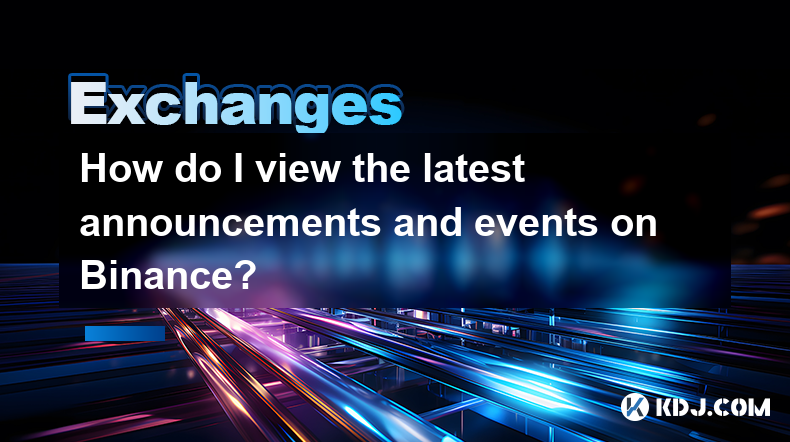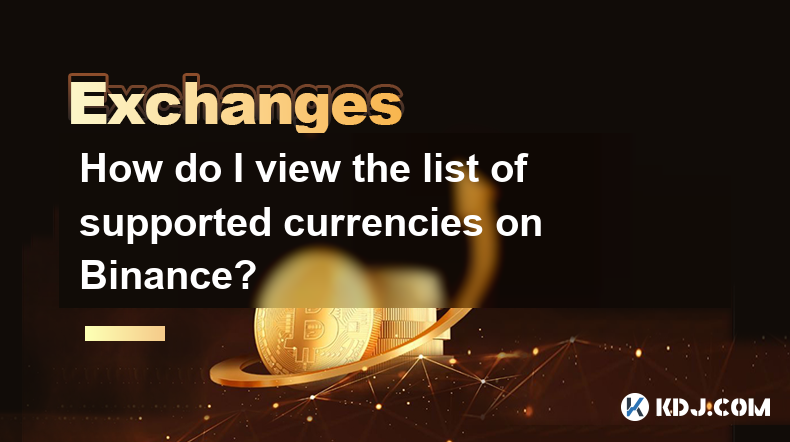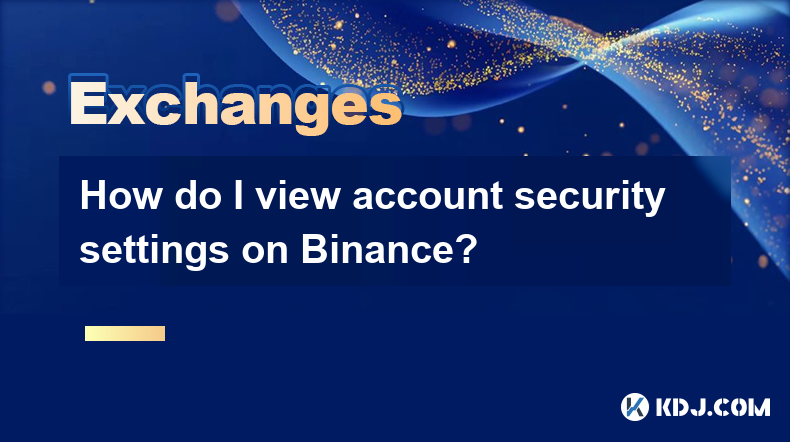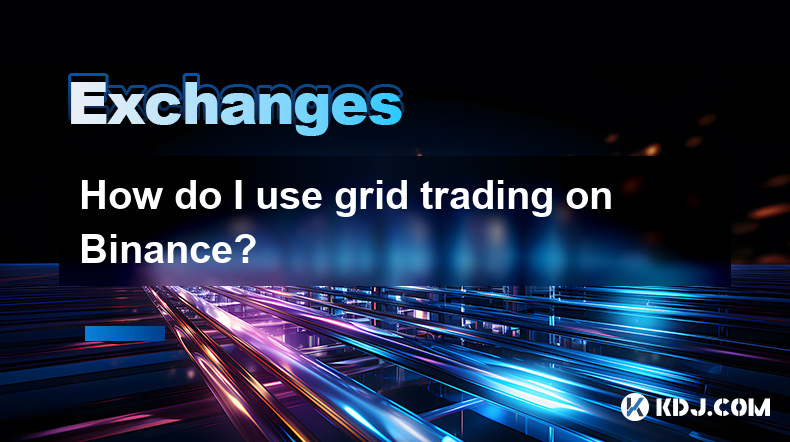-
 Bitcoin
Bitcoin $87,915.1013
4.01% -
 Ethereum
Ethereum $1,626.0336
3.05% -
 Tether USDt
Tether USDt $1.0002
0.03% -
 XRP
XRP $2.1225
3.25% -
 BNB
BNB $603.9394
2.51% -
 Solana
Solana $138.6104
1.03% -
 USDC
USDC $1.0000
0.01% -
 Dogecoin
Dogecoin $0.1612
4.65% -
 TRON
TRON $0.2431
-0.84% -
 Cardano
Cardano $0.6407
4.19% -
 Chainlink
Chainlink $13.4436
2.16% -
 Avalanche
Avalanche $20.5554
5.48% -
 UNUS SED LEO
UNUS SED LEO $9.0885
-2.49% -
 Stellar
Stellar $0.2597
7.37% -
 Toncoin
Toncoin $3.0010
0.25% -
 Shiba Inu
Shiba Inu $0.0...01257
1.68% -
 Sui
Sui $2.2420
6.60% -
 Hedera
Hedera $0.1711
4.33% -
 Bitcoin Cash
Bitcoin Cash $344.5133
3.21% -
 Polkadot
Polkadot $3.9101
1.15% -
 Hyperliquid
Hyperliquid $18.1893
5.38% -
 Litecoin
Litecoin $80.0892
5.05% -
 Bitget Token
Bitget Token $4.4777
1.97% -
 Dai
Dai $1.0000
0.00% -
 Ethena USDe
Ethena USDe $0.9994
0.01% -
 Pi
Pi $0.6362
1.91% -
 Monero
Monero $214.2887
-0.67% -
 Uniswap
Uniswap $5.4298
4.03% -
 Pepe
Pepe $0.0...07950
6.54% -
 Aptos
Aptos $5.1342
2.79%
How to view the circulation and market value of a currency on Binance?
Binance shows total cryptocurrency supply, not circulating supply; market cap is readily available, but for precise circulating supply, use CoinMarketCap or CoinGecko to supplement Binance data for a complete picture.
Mar 03, 2025 at 10:07 pm

Key Points:
- Binance doesn't directly display "circulation" in the traditional sense (total coins in circulation excluding those burned or locked). Instead, it shows the total supply. Understanding the difference is crucial.
- Market capitalization is readily available on Binance, representing the total value of all circulating coins.
- Third-party websites often provide more comprehensive data on circulating supply, including burn addresses and locked tokens.
- Navigating Binance's interface and using external resources are essential for a complete picture.
How to View the Circulation and Market Value of a Currency on Binance?
Finding the precise "circulation" of a cryptocurrency on Binance can be tricky because Binance primarily displays the total supply. The total supply encompasses all coins ever created, regardless of whether they're actively circulating, locked in staking, burned, or held by developers. To get a clearer understanding of the circulating supply, you need to look beyond the information directly provided by Binance. This is because "circulating supply" requires additional information not always tracked by exchanges.
The market capitalization, however, is easily accessible on Binance. This figure represents the total value of all available coins in the market. It's calculated by multiplying the current market price of the cryptocurrency by the total supply displayed on Binance. This, however, assumes that all listed tokens are in circulation, which is not always the case.
To find the market capitalization of a cryptocurrency on Binance, navigate to the trading page for that specific coin. The market cap is typically displayed prominently alongside the price, volume, and other key metrics. Look for labels like "Market Cap," "Market Capitalization," or a similar designation. The exact location might vary slightly depending on the specific cryptocurrency and Binance's interface updates.
While Binance provides the total supply and market cap, obtaining a truly accurate circulating supply requires using external resources. Many reputable cryptocurrency data aggregators, such as CoinMarketCap, CoinGecko, and others, offer more detailed information. These platforms often track the circulating supply more accurately, taking into account burned tokens, tokens locked in smart contracts, and other factors that reduce the actual number of coins available for trading.
For instance, if you're interested in the circulating supply of a particular token, search for the token's name on CoinMarketCap or CoinGecko. Their pages typically display not only the total supply but also the circulating supply. This allows for a more precise understanding of the cryptocurrency's market dynamics, as it better reflects the number of coins actively traded and held by investors. Remember that even these sites might not always be perfectly accurate due to the inherent difficulties in tracking all tokens.
The difference between total supply and circulating supply is significant. A high total supply with a low circulating supply could indicate a substantial portion of the tokens are held by a small number of investors, potentially impacting price volatility and market liquidity. Conversely, a high circulating supply could suggest wider distribution and potentially greater price stability. Understanding this distinction is key to making informed investment decisions.
To get a complete picture, you should always consult multiple sources. Relying solely on the data provided by Binance could lead to an incomplete understanding of a cryptocurrency's market situation. Remember to always cross-reference information from several reputable sources to make sure you're getting a holistic view of the cryptocurrency's supply and valuation.
Navigating Binance's Interface
First, log in to your Binance account. If you don't have an account, you'll need to create one. The registration process is relatively straightforward and requires providing some basic information.
Next, locate the search bar. This is usually situated at the top of the Binance webpage. Type in the name of the cryptocurrency whose market cap and supply you want to examine.
After typing the name, select the cryptocurrency from the search results. This will bring you to the trading page for that specific coin.
On the trading page, look for the information you need. As previously mentioned, the market cap is usually prominently displayed, while the total supply is typically found near other key metrics. Remember that Binance primarily shows the total supply, not the circulating supply.
Utilizing External Resources
- CoinMarketCap: This is one of the most popular websites for cryptocurrency information. Simply search for the cryptocurrency's name, and you'll find data points such as total supply and circulating supply.
- CoinGecko: Similar to CoinMarketCap, CoinGecko offers comprehensive data on various cryptocurrencies, including total and circulating supply.
- Other Data Aggregators: Many other websites provide cryptocurrency data. It's advisable to use multiple sources to verify information and obtain a more accurate picture. Always verify the reliability of the source before relying on its data.
Frequently Asked Questions:
Q: What is the difference between total supply and circulating supply?
A: Total supply is the total number of coins ever created. Circulating supply is the number of coins currently in circulation, excluding those burned, lost, or otherwise unavailable for trading.
Q: Why doesn't Binance directly show circulating supply?
A: Determining the circulating supply requires complex tracking of various factors, including locked tokens and burn addresses, which is beyond the scope of a simple exchange display. Binance prioritizes displaying readily available data like the total supply and market cap.
Q: Are the circulating supply figures from third-party sites always accurate?
A: No, even third-party sites can sometimes have inaccuracies due to the difficulty of tracking all tokens across various wallets and exchanges. It's best to compare information from several sources.
Q: How often is the market cap updated on Binance?
A: The market cap on Binance is updated in real-time or very near real-time, reflecting the current price and total supply.
Q: Can I trust the market cap displayed on Binance?
A: The market cap displayed on Binance is generally reliable, provided the total supply shown is accurate. However, remember that it's based on the total supply, not the circulating supply, which might be a different figure.
Disclaimer:info@kdj.com
The information provided is not trading advice. kdj.com does not assume any responsibility for any investments made based on the information provided in this article. Cryptocurrencies are highly volatile and it is highly recommended that you invest with caution after thorough research!
If you believe that the content used on this website infringes your copyright, please contact us immediately (info@kdj.com) and we will delete it promptly.
- As the Crypto Market Evolves, XRP and Dogecoin Are Back in the Spotlight
- 2025-04-22 00:00:44
- Onchain social media platform Zora said its ZORA token will go live
- 2025-04-22 00:00:44
- Bitcoin Eyes $88,000 Breakout as Safe-Haven Narrative Gains Steam
- 2025-04-21 23:55:12
- As the Cryptocurrency Market Begins to Recover and Bitcoin Moves Closer to the $90,000 Mark, Investor Interest Is Gradually Returning
- 2025-04-21 23:55:12
- Blurring the Lines Between Decentralized Finance and Traditional Finance, Ripple's XRP Ledger (XRPL) Is at the Center of a New Attempt to Integrate Blockchain into the Heart of Institutional Trading
- 2025-04-21 23:50:13
- MicroStrategy Adds Another $555M Bitcoin Buy to Its Portfolio as BTC Trades Near $85K
- 2025-04-21 23:50:13
Related knowledge

How do I contact customer service on Binance to resolve issues?
Mar 16,2025 at 04:30am
Key Points:Binance's customer service is primarily self-service, relying heavily on its help center and FAQs.Direct contact methods are limited, with email support being the most common route for non-urgent issues.Urgent issues may require using the in-app support system, though response times can vary.Understanding Binance's support structure and utili...

How do I view the latest announcements and events on Binance?
Mar 18,2025 at 10:18pm
Key Points:Binance utilizes multiple channels for disseminating announcements and events.The official Binance website is the primary source.Binance's social media platforms offer timely updates.Email subscriptions keep users informed about relevant announcements.Third-party aggregators can supplement official channels but require caution.How Do I View t...

How do I set up a subaccount on Binance?
Mar 14,2025 at 01:50pm
Key Points:Binance does not offer traditional "subaccounts" in the sense of separate accounts with independent logins under a master account.Instead, Binance offers features like user-defined labels for better portfolio management and API keys for automated trading. These provide functionality similar to subaccounts.Setting up these features involves na...

How do I view the list of supported currencies on Binance?
Mar 15,2025 at 05:35am
Key Points:Binance supports a vast and frequently updated list of cryptocurrencies. There's no single, static list.Finding supported currencies requires navigating Binance's website or app interfaces.Different sections of the exchange show different subsets of supported currencies (e.g., trading, staking, etc.).The availability of specific cryptocurrenc...

How do I view account security settings on Binance?
Mar 15,2025 at 08:40pm
Key Points:Binance's security settings are spread across multiple sections of your account. This article will guide you through each crucial area.Understanding and implementing these settings is paramount to protecting your cryptocurrency assets.We'll cover two-factor authentication (2FA), withdrawal whitelists, and other essential security features.Reg...

How do I use grid trading on Binance?
Mar 14,2025 at 04:25pm
Key Points:Grid trading on Binance involves automatically buying low and selling high within a defined price range.Binance offers a built-in grid trading bot, simplifying the process.Setting up a grid bot requires defining parameters like price range, grid quantity, and investment amount.Risk management is crucial, as losses are possible despite the aut...

How do I contact customer service on Binance to resolve issues?
Mar 16,2025 at 04:30am
Key Points:Binance's customer service is primarily self-service, relying heavily on its help center and FAQs.Direct contact methods are limited, with email support being the most common route for non-urgent issues.Urgent issues may require using the in-app support system, though response times can vary.Understanding Binance's support structure and utili...

How do I view the latest announcements and events on Binance?
Mar 18,2025 at 10:18pm
Key Points:Binance utilizes multiple channels for disseminating announcements and events.The official Binance website is the primary source.Binance's social media platforms offer timely updates.Email subscriptions keep users informed about relevant announcements.Third-party aggregators can supplement official channels but require caution.How Do I View t...

How do I set up a subaccount on Binance?
Mar 14,2025 at 01:50pm
Key Points:Binance does not offer traditional "subaccounts" in the sense of separate accounts with independent logins under a master account.Instead, Binance offers features like user-defined labels for better portfolio management and API keys for automated trading. These provide functionality similar to subaccounts.Setting up these features involves na...

How do I view the list of supported currencies on Binance?
Mar 15,2025 at 05:35am
Key Points:Binance supports a vast and frequently updated list of cryptocurrencies. There's no single, static list.Finding supported currencies requires navigating Binance's website or app interfaces.Different sections of the exchange show different subsets of supported currencies (e.g., trading, staking, etc.).The availability of specific cryptocurrenc...

How do I view account security settings on Binance?
Mar 15,2025 at 08:40pm
Key Points:Binance's security settings are spread across multiple sections of your account. This article will guide you through each crucial area.Understanding and implementing these settings is paramount to protecting your cryptocurrency assets.We'll cover two-factor authentication (2FA), withdrawal whitelists, and other essential security features.Reg...

How do I use grid trading on Binance?
Mar 14,2025 at 04:25pm
Key Points:Grid trading on Binance involves automatically buying low and selling high within a defined price range.Binance offers a built-in grid trading bot, simplifying the process.Setting up a grid bot requires defining parameters like price range, grid quantity, and investment amount.Risk management is crucial, as losses are possible despite the aut...
See all articles






















































































